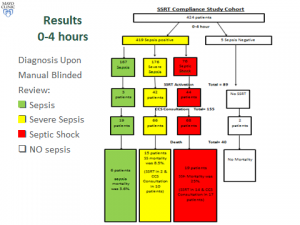Author Interviews, Critical Care - Intensive Care - ICUs, Kidney Disease, NEJM, Pediatrics / 18.11.2016
Acute Kidney Injury Linked To Increased Mortality in Critically Ill Children and Young Adults
MedicalResearch.com Interview with:
Stuart L. Goldstein, MD, FAAP, FNKF
Clark D. West Endowed Chair
Professor of Pediatrics
University of Cincinnati College of Medicine
Director, Center for Acute Care Nephrology | Associate Director, Division of Nephrology
Medical Director, Pheresis Service | Co-Medical Director, Heart Institute Research Core
Division of Nephrology and Hypertension | The Heart Institute
Cincinnati Children’s Hospital Medical Center
Cincinnati, OH 45229
MedicalResearch.com: What is the background for this study? What are the main findings?
Response: This was a prospective international multi-center assessment of the epidemiology of acute kidney injury in children in young adults. Over 5,000 children were enrolled from 32 pediatric ICUs in 9 countries on 4 continents.
The main findings are:
1) Severe AKI, defined by either Stage 2 or 3 KDIGO serum creatinine and urine output criteria carried an incremental risk of death after adjusting for 16 co-variates.
2) Patients with AKI by low urine output would have been misclassified as not having AKI by serum creatinine criteria and patients with AKI by urine output criteria have worse outcomes than patients with AKI by creatinine crtieria.
3) Severe AKI was also associated with increased and prolonged mechanical ventilation use, increased receipt of dialysis or ECMO
(more…)






